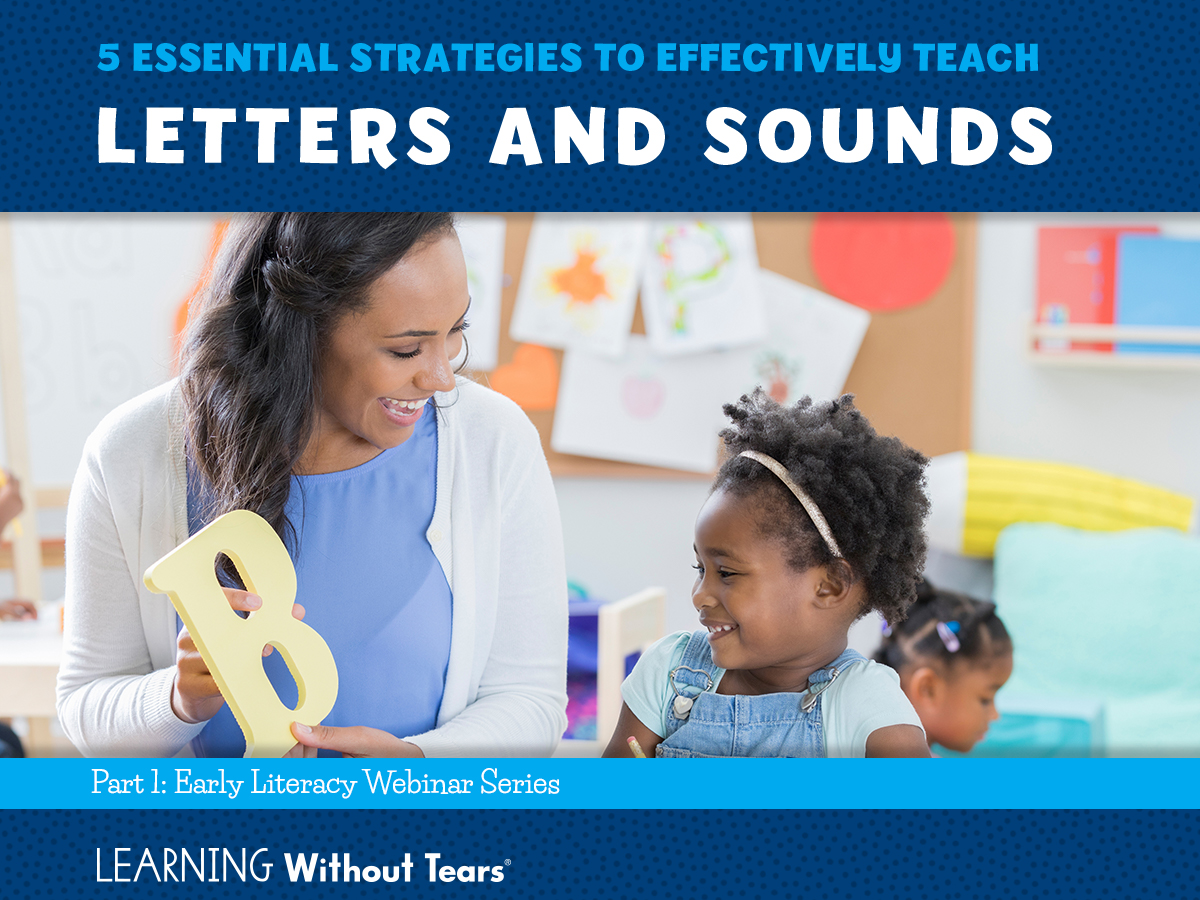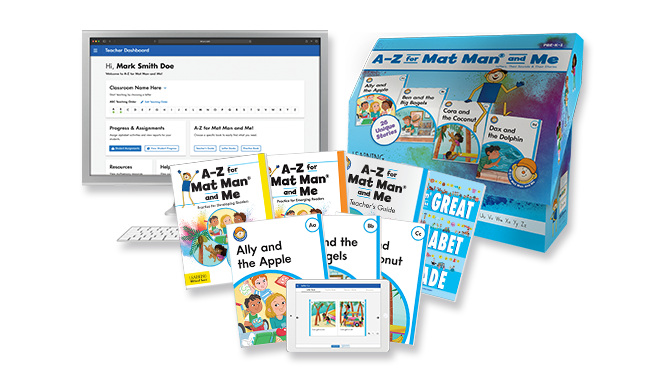Why is Literacy Development Important for Children?
Literacy development is the process of learning words, sounds, and language. Children develop literacy skills in order to learn to read and write confidently and eventually improve their communication skills overall. The stages of literacy development that a child goes through can vary depending on the child’s comprehension levels but generally include the same key concepts along the way. Understanding literacy development in children as an educator is key for helping children master these core skills that set them up for their education. With an understanding of literacy development and how to address each of the stages of literacy development, both educators and students alike will be set up for success in the classroom.
Why is Literacy Development Important?
As the pillars of language and reading skills, literacy development is a crucial time in a child’s life. Educators need to understand why literacy development is so important in order to effectively help children within each stage of their early literacy development.
Here are just a few reasons early literacy development is important:
- Children with confident reading abilities typically struggle less with their studies and have a confident approach to their education.
- Strong literacy skills translate well into independent learning and encourage consistent growth in and out of the classroom.
- Literacy development affects the way students communicate and problem solve. Those with strong literacy skills usually have improved cognitive ability.
The Five Stages of Literacy Development
As a child grows older and demonstrates the key stages of literacy development they will improve their reading and writing ability. The five stages of literacy development include emergent literacy, alphabetic fluency, words and patterns, intermediate reading, and advanced reading. Each stage of literacy development helps the child move forward and become a stronger student. Keep in mind that a child's current age group doesn’t necessarily mean that they’re at that step in their early literacy development.
Stage 1: Emergent Literacy
Age Range: 4-6 years old.
As the earliest stage of literacy development, emergent literacy is the first moment that a child begins to understand letters and words. While many of the behaviors of the emergent literacy stage are not fully formed and irregular, these are still some of the first signs that a child is beginning to form literacy ability.
Here are Some Behaviors of Stage 1 Learners:
- Pretending to be able to read children’s books.
- The ability to recognize the first letter of their name.
- Singing the ABCs, even if unable to identify letters separately.
- Trying to memorize certain books to “read” them.
- The ability to recognize some letters and potentially their sound.
- The ability to find words in their environment.
To learn helpful strategies to support emerging readers by helping them understand what alphabet knowledge and phonological awareness are and why they are both so critically important watch this free webinar, 5 Essential Strategies to Effectively Teach Letters and Sounds.
Stage 2: Alphabetic Fluency
Age Range: 6-7 years old.
As the child grows older and more comfortable with learning their words and letters, they enter the alphabetic fluency stage of literacy development.
Here are Some Behaviors of Stage 2 Learners:
- No longer “pretend” reading.
- Finger-pointing to words while reading them.
- Beginning to recognize words.
- Admitting that they’re unable to read certain words.
- Using pictures and context clues to figure out certain words.
- Reading out loud word by word.
Stage 3: Words and Patterns
Age Range: 7-9 years old.
Sometimes referred to as the “transitional” stage of literacy development, the words and patterns stage is when children begin to develop stronger reading skills. This is the stage when children can vary the most in terms of skills and may adopt behaviors in multiple stages of literacy development.
Here are Some Behaviors of Stage 3 Learners:
- Less decoding of words and stronger ability to comprehend reading materials.
- More self-correction when what is read is unclear.
- Less sound by sound reading and easier time grouping letters.
- Able to recognize words that pop up most often automatically.
- Less reliance on context clues to figure out unknown words.
- Beginning to be able to spell complex consonant words like “-tch”.
Stage 4: Intermediate Reading
Age Range: 9-11 years old.
During the intermediate stage of literacy development, children begin to rely less on educational crutches that help a child learn new words. This is also when children are becoming able to write out sentences with less error and develop stronger fluency overall.
Here are Some Behaviors of Stage 4 Learners:
- Reading to learn new information and writing for multiple purposes.
- Less difficulty with independent reading.
- Reading to explore new concepts from numerous perspectives.
- Reading longer materials such as textbooks with little difficulty.
- An interest in wanting to learn and develop new vocabulary.
Stage 5: Advanced Reading
Age Range: 11-14 years old.
As the last stage of literacy development, advanced reading is when children become fully fluent and capable of relying on independent reading to learn new information. Reading and writing provide little difficulty and students can absorb complex reading materials during this stage.
Here are Some Behaviors of Stage 5 Learners:
- The desire to read numerous types of reading materials.
- Reading becomes a daily tool for learning new information.
- The ability to formulate longer texts such as essays or book reports.
- Readers usually have a strong understanding of the meaning and semantics of words.
- The ability to understand and retain complex reading materials.
Develop Early Literacy with Learning Without Tears!
Each stage of literacy development provides its own unique challenges and triumphs in learning to become confident in reading and writing. Learning Without Tears specializes in early childhood development programs that help further progress within the stages of literacy development. Learning Without Tears offers a wide range of educational materials to help teachers create an engaging lesson plan that will get children excited to learn more. With resources for parents to get children set up for school and programs for teachers to teach early literacy concepts, Learning Without Tears is committed to helping children become confident students. Learning Without Tears has created resources and educational materials for children in pre-k to 5th grade to help students succeed during every stage of literacy development and early childhood education. Explore Learning Without Tears to help children get the most out of their education today.
A—Z for Mat Man and Me!
Seamlessly bring the ABCs to life while building foundational literacy skills with our new letter book series. Each of our illustrated letter books introduces a letter of the alphabet and emphasizes their associated sound through captivating, visual stories. The engaging stories in each book capture children's imaginations and expose them to social-emotional skills and diverse cultures.
Learn More → .
